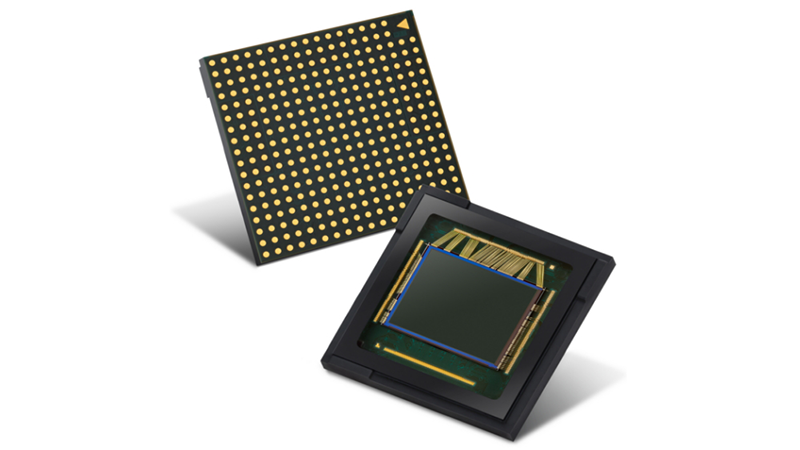Samsung announced a new 50-megapixel camera sensor called the ISOCELL GN1. The ISOCELL GN1 is Samsung’s first image sensor to offer both Dual Pixel and Tetracell technologies. Thanks to the relatively larger pixel size, the GN1 brings image sensor performance to a new level with a combination of elevated light sensitivity for stellar low-light photos and DSLR-level auto-focus speeds, optimized for more dynamic picture-taking experiences.
Read more Samsung’s Rolling Robot and Fitness Exoskeleton Point to Its Future in Healthcare
“With innovative pixel technologies, Samsung has been at the forefront of offering high-performance image sensors that closely cater to increasingly diversifying market needs. The ISOCELL GN1 is part of that commitment to deliver stunning images to consumers in any environment,” said Yongin Park, executive vice president of sensor business at Samsung Electronics. “We will continue to introduce image sensor solutions at the cutting-edge that will lead the next trends in mobile photography.”
Today’s smartphone users demand a good camera that can deliver beautiful images. To address various imaging preferences of the users, some smartphone makers put more emphasis on extremely detailed images with ultra-high resolutions, while some choose bigger pixels for bright results in low-light environments. The new Samsung ISOCELL GN1 fulfills these multiple needs at once with Dual Pixel and Tetracell technologies, reports Samsung.

The GN1 brings best-in-class auto-focusing with 100 million phase detection auto-focus (PDAF) agents. Samsung’s Dual Pixel technology places two photodiodes side-by-side within a single pixel that can receive light from different angles for phase detection. With all of the sensor’s active pixels working as auto-focusing agents, the GN1 can detect and focus onto a desired still or moving object from every corner in an instant, even in low-light conditions. When capturing images, a single-pixel output is created by merging the outputs from the two photodiodes within the pixel. Samsung also provides a software algorithm that takes light information from each photodiode to produce image resolutions comparable to 100Mp.
For ultimate low-light photography, the GN1 adopts Tetracell technology, a pixel-merging technique that improves the pixels’ capacity to capture and process more light. By binning four-pixel signals into one, Tetracell doubles the image sensor’s pixel size to 2.4μm and quadruples the light sensitivity to take brighter 12.5Mp photographs. With improved light sensitivity combined with a powerful auto-focusing solution, the GN1 is able to focus on an object quickly even in an extreme low-light environment to deliver both brighter and sharper results.
Read more Samsung to Include Blood Pressure Monitor on its Galaxy Watch Active2
In addition to Dual Pixel and Tetracell technologies, the GN1 comes with Smart-ISO that intelligently selects the optimal ISO, real-time HDR that captures the scene in multiple exposures simultaneously, and gyro-based electronic image stabilization (EIS) that takes sharp images and video even when in motion. For premium video quality, the image sensor supports video recording at up to 8K resolution at 30 frames-per-second (fps).
Samsung ISOCELL GN1 started mass production this month.












